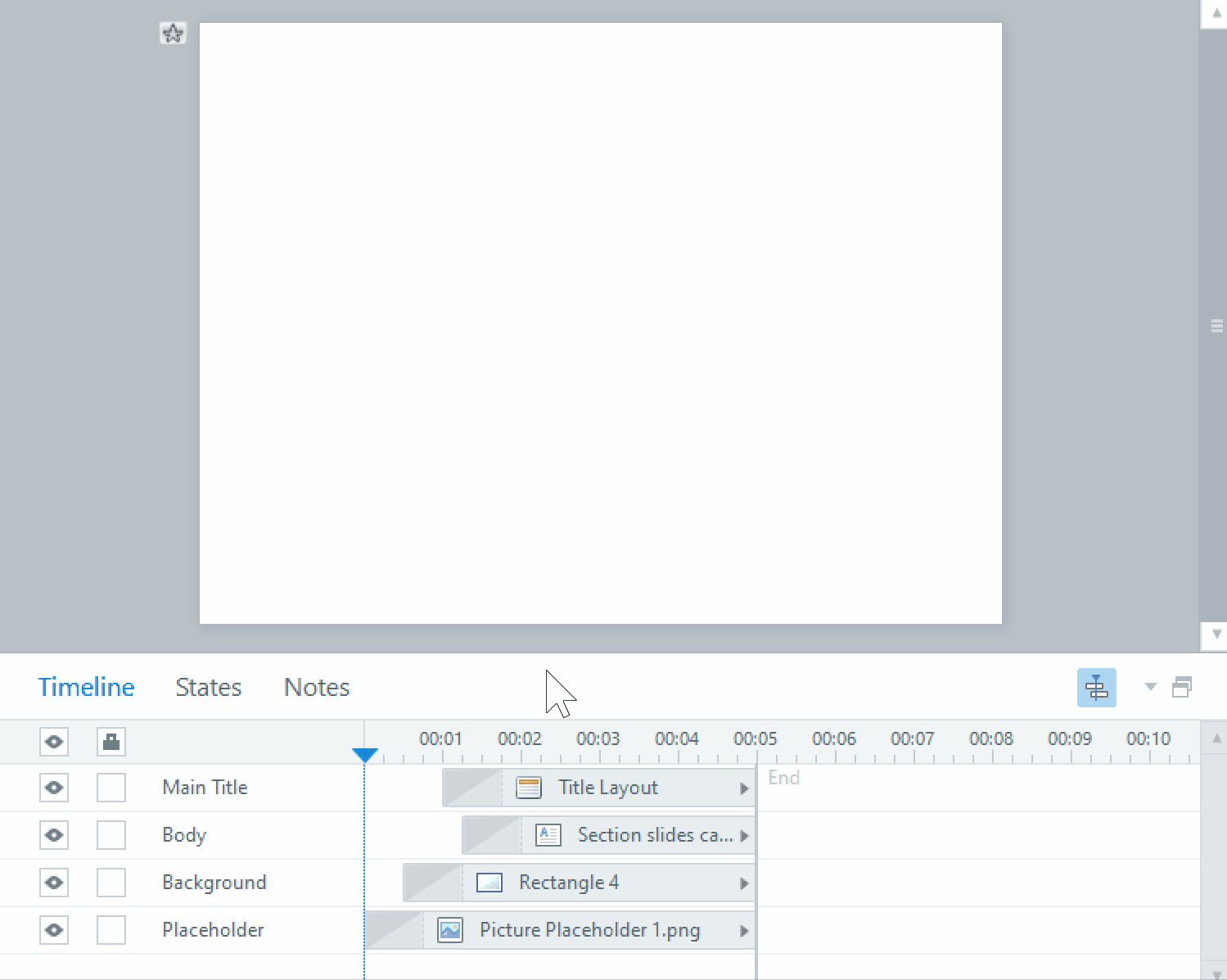LANGUAGE FOR ELEARNING
As part of my work, I sometimes make changes to eLearning modules created by other people. Sometimes I am struck by the formality of language used in some of those modules. It really puts me to sleep!
I think those modules would be far more effective if they were written in a language that was clear, concise and conversational.
CLEAR, CONCISE AND CONVERSATIONAL
The problem faced by instructional designers, especially those employed by large corporations, is that they feel that being conversational sounds unprofessional. They feel that through fancy, formal language they are upholding the prestige of a brand, and perhaps their own reputation. Perhaps they feel that through sophisticated language they will convey their ideas better.
OLD FASHIONED
Cumbersome, sophisticated language is not always the best approach to eLearning – it may in fact be detrimental. It’s difficult to read, difficult to understand, and it bores people to tears. It is old fashioned. It is not necessary, in most cases, unless you are writing a EULA or legal document.
NOT INTERESTING
If you want to keep your learners’ attention, speak to them in a language they are familiar with. Write short sentences. Use familiar words. Focus on teaching what needs to be taught. Fancy language may impress some, but more than likely it will hinder the main objective of the eLearning module – which is to teach, not to preach.
This is a new millennium, a fast-paced world where attention span is at a premium and swanky language is not regarded highly. Leave the lengthy, posh sentences in the past, and talk to us in a way we can understand!
If you are interested in learning more about our company, Pathways Training and eLearning, please visit us at our website: http://www.pathwaystrainingandelearning.ca/
















